
Fish From Around the World: Spotlight on PhilippinesDo a lot of aquarium fish come from the Philippines?
As with other exotic locations around the world, the ornamental fish business is a thriving industry in the Philippines. Their abundant waters have conditions conducive to supporting both freshwater and marine aquatic life. There are more than 3,600 fish species that come in all shapes, sizes, and colors from the more than 7,600 islands in the archipelago. Approximately 8.9 million marine fish are exported from the Philippines each year, and over 14.3 million freshwater fish. It is believed that the Philippine Islands contain 60% of the planet’s marine species. What is special about the waters of the Philippines?
Freshwater, marine, and brackish waters are present along the 20,000 miles of island and reef coastlines of the Philippines and provide natural conditions for over 386 different fish varieties from 79 different families of fish. LiveAquaria® sells marine fish varieties to satisfy the needs of saltwater aquarists. What popular fish from the Philippines does LiveAquaria® offer?
The fish varieties from the Philippines are plenty. From the vast assortment available, LiveAquaria® offers saltwater fish from these families: Blenny, Wrasse, Tang, Butterflyfish, Angelfish, Goby, Firefish, Mandarin, Dartfish, Anthias, Damselfish, Triggerfish, Basslet, Dragonet, and Moray Eels. The following are unique and exotic species of saltwater fish from the Philippines: 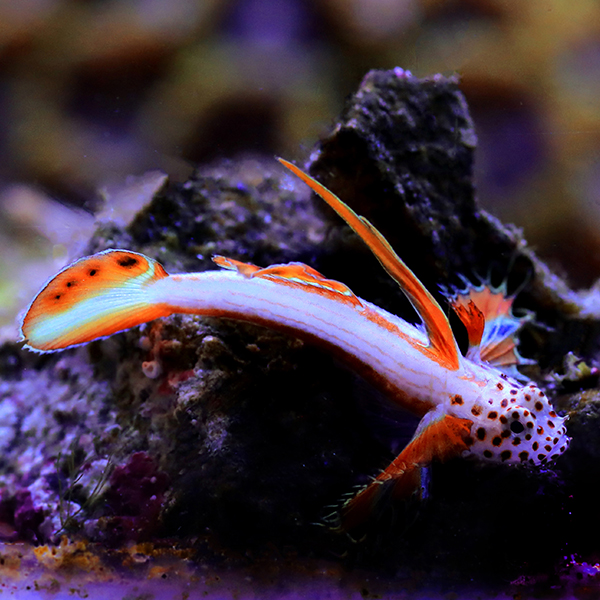
Flaming Prawn Goby also known as the Spikefin Goby Discordipinna griessingeri The Flaming Prawn Goby is a saltwater fish that has all the colors of a roaring fire: a white hot colored body with red, orange, and yellow coloration, and fins with coloration resembling flames. Its head is white and has brown spots. Their coloration is amplified when it flares its fins. Small and mighty, the Flaming Prawn Goby searches for areas to hide in sand, coral, or rubble. 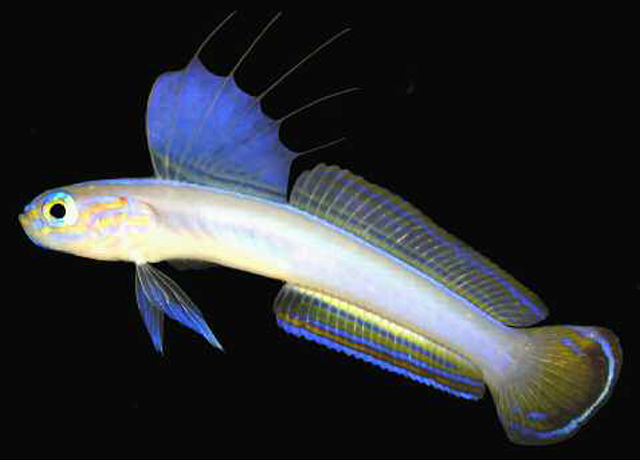
Beautiful Dartfish Ptereleotris kallista The Beautiful Dartfish has a silver body with heavy yellow colored striations on the head and spots along the elongated body and caudal peduncle area. It has a bright electric blue first dorsal fin at a height double that of the second dorsal fin. The second dorsal fin and anal fins are blue and yellow. Its pelvic fins are in the same blue color. It has a rounded caudal fin that is white at the base and yellow at the end. As with other Dartfish, it is a great addition to a peaceful marine aquarium with at least two inches of a substrate for burrowing. It is a jumper, so the aquarium should have a lid. Image credit: Fishbase.se 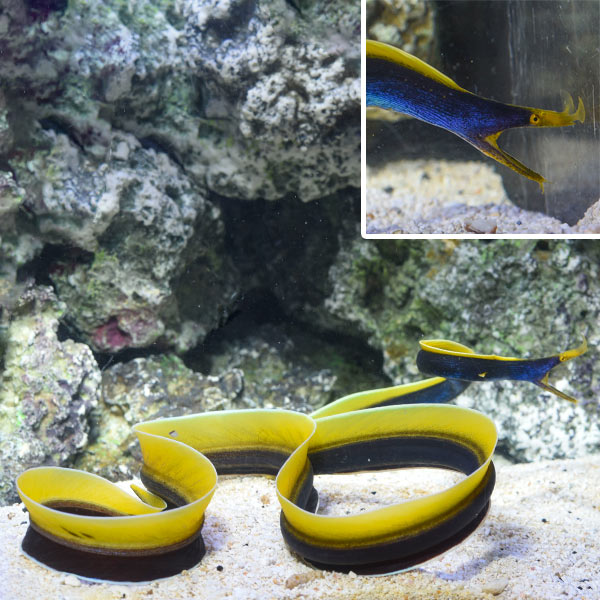
Ribbon Eel also known as the Ribbon Moray Rhinomuraena quaesita Because the Ribbon Eel can grow quite large, a big, lidded aquarium is necessary to house this marine specimen. They are hardy and require the care that an expert aquarist can provide. The Ribbon Eel gets its name because of the long thin shape of its body that moves about in undulating waves of motion. Ribbon eels are protandrous hermaphrodites and undergo different life stages as it matures. As a juvenile, it is male and displays in black with a yellow dorsal fin. During its adult male stage, the body turns from black to blue. In its fully mature stage, it is a female that is entirely yellow. 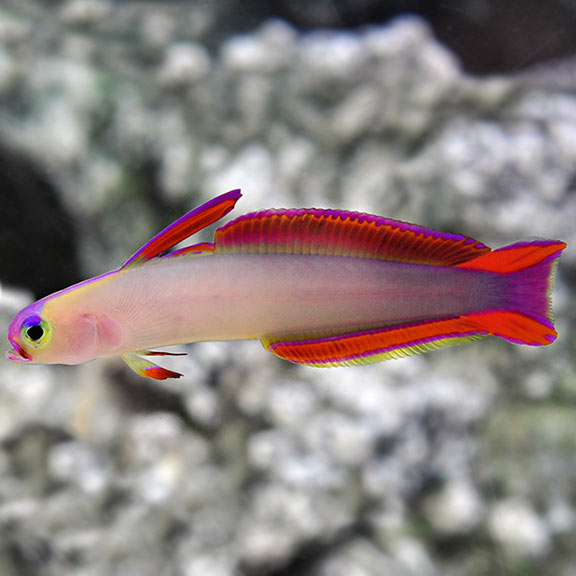
Elegant Firefish also known as the Purple Firefish Nemateleotris decora Small marine fish that don’t even reach four inches in length, the Elegant Firefish packs a punch of color. Although it has a mostly white body with pink undertones, the Elegant Firefish contains almost all the colors of a rainbow. It has electric purple coloring that looks like an artist took a brush and left an outline from the tip of its head and travels back along the edges of its primary and secondary dorsal fins and caudal fin, continuing underneath to include its anal fin. In addition to having purple edges, the fins contain red, orange, and yellow. These fish stay with one partner for life, being monogamous. 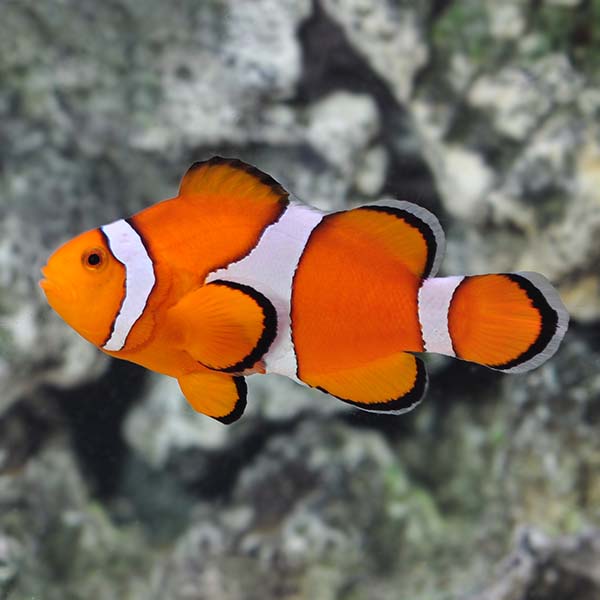
Ocellaris Clownfish Amphiprion ocellaris The Ocellaris Clownfish has gained popularity among the public and aquarists worldwide after its cartoon likeness appeared in a children’s movie. It is easily recognizable with its orange body and white vertical stripes outlined in black that display across its body. Today, most Ocellaris clownfish are captive bred, with only about fifteen percent wild caught. During breeding, males take part in the success of the next generation as they guard and aerate eggs that are laid. It is believed that the Philippines have more marine species to offer the world per unit area than any other place on earth. Aquarists around the world can benefit from the richness and vast array of aquatic diversity offered from the Philippines. |
|
|


